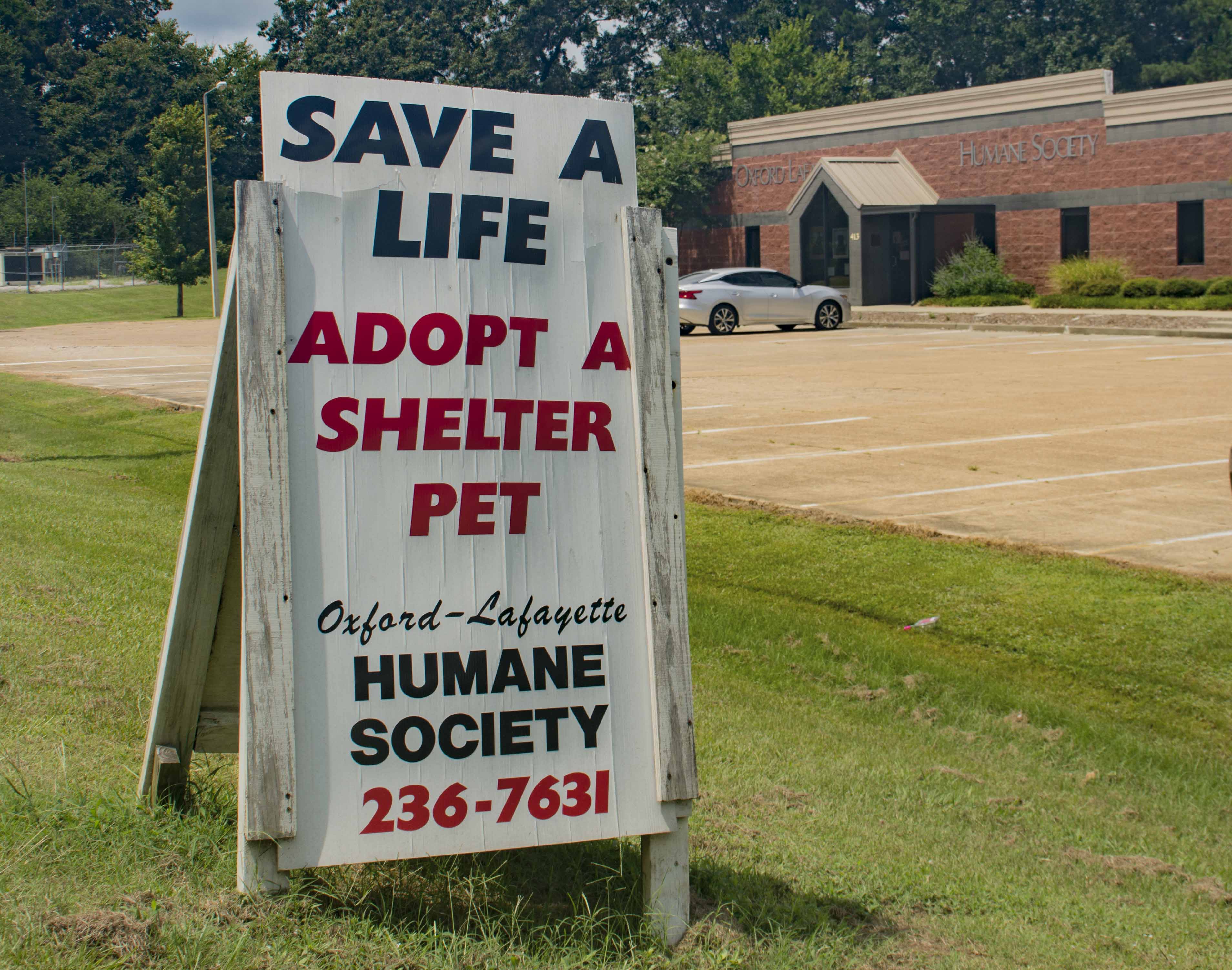On Aug. 9, the Oxford Lafayette Humane Society announced it would not be renewing its management agreement with the city of Oxford and would be closing its doors officially on Sept. 30. The animal shelter, a pet adoption center for Lafayette County, has been open for 36 years and has housed roughly 4,500 animals yearly. The shelter cited overpopulation — the leading cause of crowded animal shelters nationally, according to the American Society for the Prevention of Cruelty to Animals — as its reasoning behind closing. On Sept. 30, pets that have yet to be adopted will be dispersed to alternate care.
Although the shelter will be shutting down, its board stated this is not the end of the OLHS. The shelter will be transitioning into an affordable spay and neuter service to combat the absurd number of animals that are left homeless each year because of excess population. Funds from the city of Oxford and private donors that were previously allocated to the shelter will go towards implementing this new service. Many locals have spoken up about their disdain for the decision to close the animal shelter, most noticeably through social media. However, this new idea is the most successful way to combat the root of the problem in the Oxford area: a lack of control of overpopulation. By closing the shelter, the safety of the remaining animals is guaranteed, as they will be put in the hands of shelters with space for them.
It is safer and healthier for the pets to find alternate homes rather than stay in a cramped and crowded environment. This solution also solves the problems associated with the question of excessive euthanization, a topic that came up at an Oxford Board of Aldermen meeting in 2017. Six former employees claimed that the OLHS Board’s president was approving unethical practices to reduce the number of animals at the shelter, according to The Oxford Eagle, though the aldermen could do little else other than assign an alderman to the board.
This decision was not made lightly.
Extensive research and studying of success stories from other communities and organizations — such as Mississippi Spay and Neuter, which spayed and neutered 65,000 animals from 2005-2016 — have shown the success that a spay and neuter clinic provides to control the animal population. According to MS SPAN, over 100,000 animals in Mississippi end up in shelters because neither of their parents were sterilized, and nearly 70,000 do not make it out of their shelters alive. Reducing the number of strays will gradually lead to reduced numbers at local animal shelters, keeping them as efficient, clean and safe as possible for animals. This allows for safe, spacious and loving atmospheres for animals later, ultimately benefiting both pets and future pet owners. This is an economically good decision as well, as taxpayers’ money will not go towards the development of the service.
Alyssa Moncrief is a freshman political science and journalism major from Jackson.














